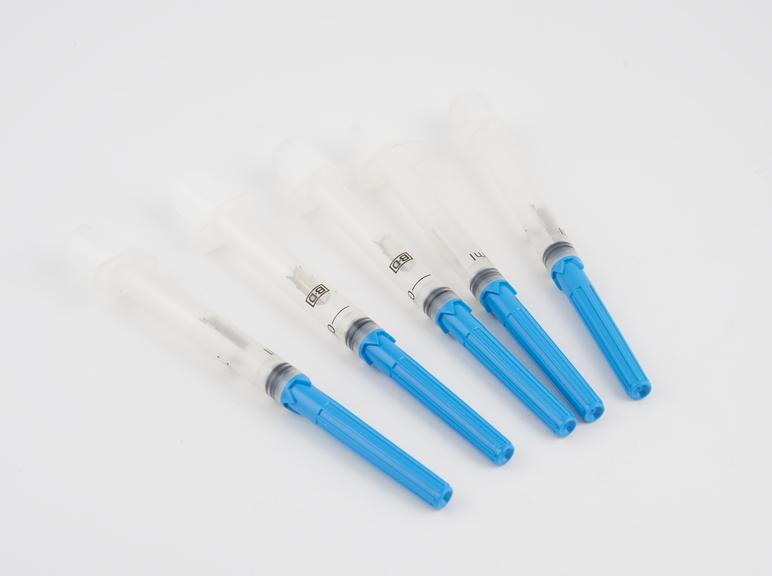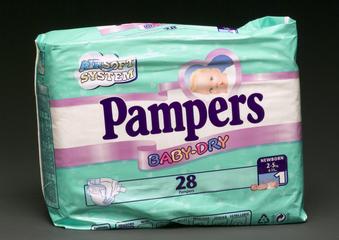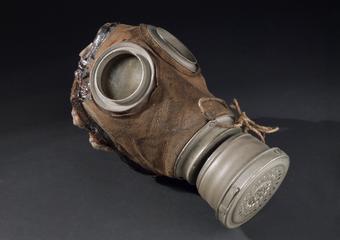Carrying box
Carrying box, converts to sharps box to prevent the spread of AIDS, for 2 B-D `Soloshot' Syringes. Manufacture by Becton Dickinson & Co, New Jersey, USA and supplied by the UNICEF Supply Division, Copenhagen, Denmark, 1994
- Object Number:
- 1994-150 Pt1
- type:
- box - container








